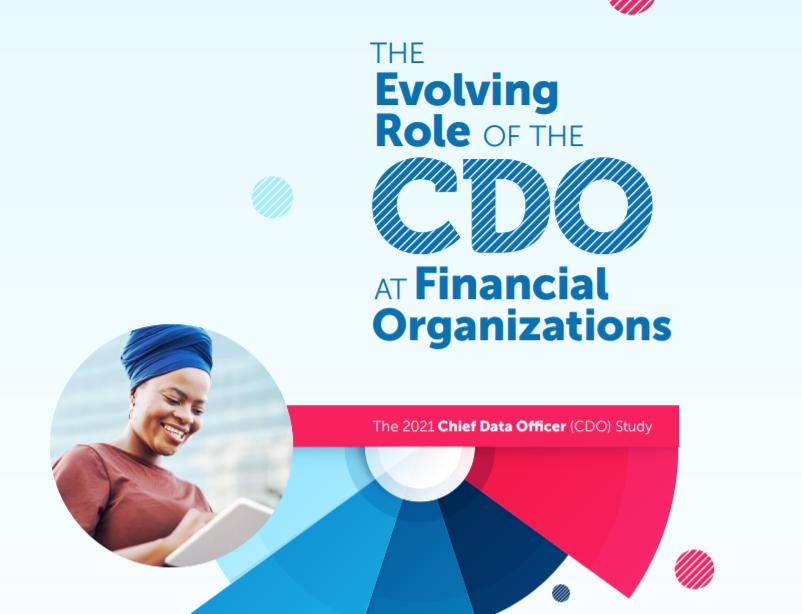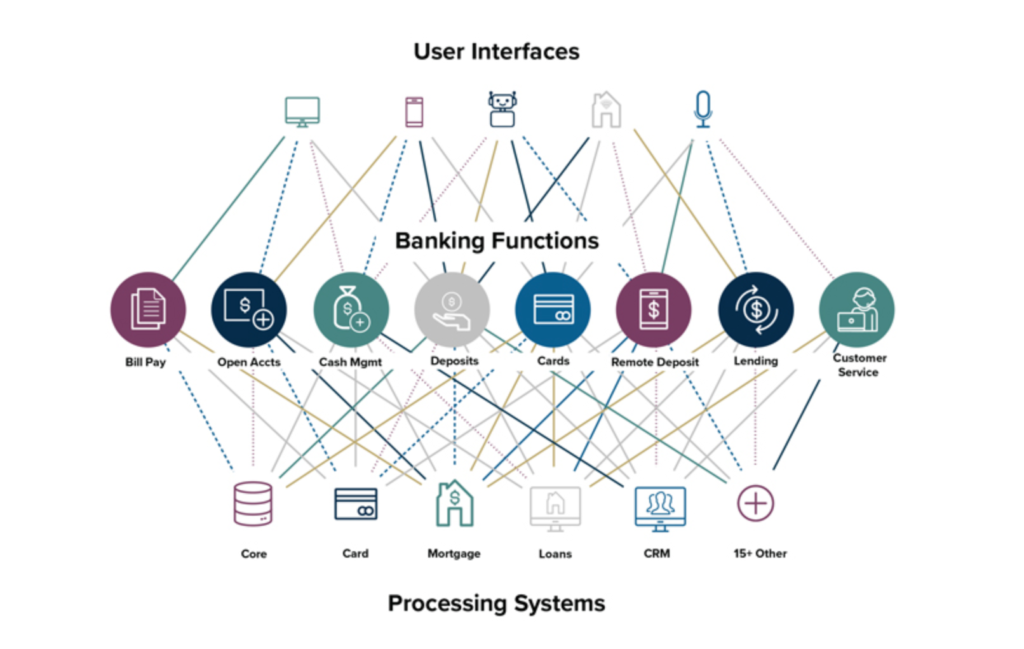
This is a sponsored post from InterSystems
Over the past several years, the role of the chief data officer (CDO) has evolved from being security-and compliance-oriented to being strategic and innovative. Not only are chief data executives of all stripes taking on a more progressive role in key business decisions, but the position itself is becoming an essential staple of forward-thinking organizations, especially at financial services organizations. According to a 2019 study conducted by Forrester, 58% of organizations had appointed a chief data officer and another 26% were planning to do so.
Moving forward, data executives must focus not only on securing data and ensuring their organizations meet rigorous data regulations but also on new strategies for leveraging Big Data and their organizations’ proprietary data to generate business value. This will require new strategies in data management, as well as the deployment of new data solutions like data fabrics, automated governance, machine learning, and blockchain.
Primarily, it will require data leaders to focus more on offensive data management—a data strategy that supports key business objectives, such as boosting profitability and improving customer outcomes—in addition to defensive data management, which refers to the strategy of securing data and maintaining compliance with regulations.
Read Intersystems’ latest report on The Evolving Role of the CDO at financial organization, which provides benchmarking information about how CDOs are fairing in a rapidly shifting regulatory landscape and exploration of CDOs’ and other data professionals’ opinions on enabling an offensive approach to data management and their best practices.
Read now >>
Photo by Tobias Fischer on Unsplash
























